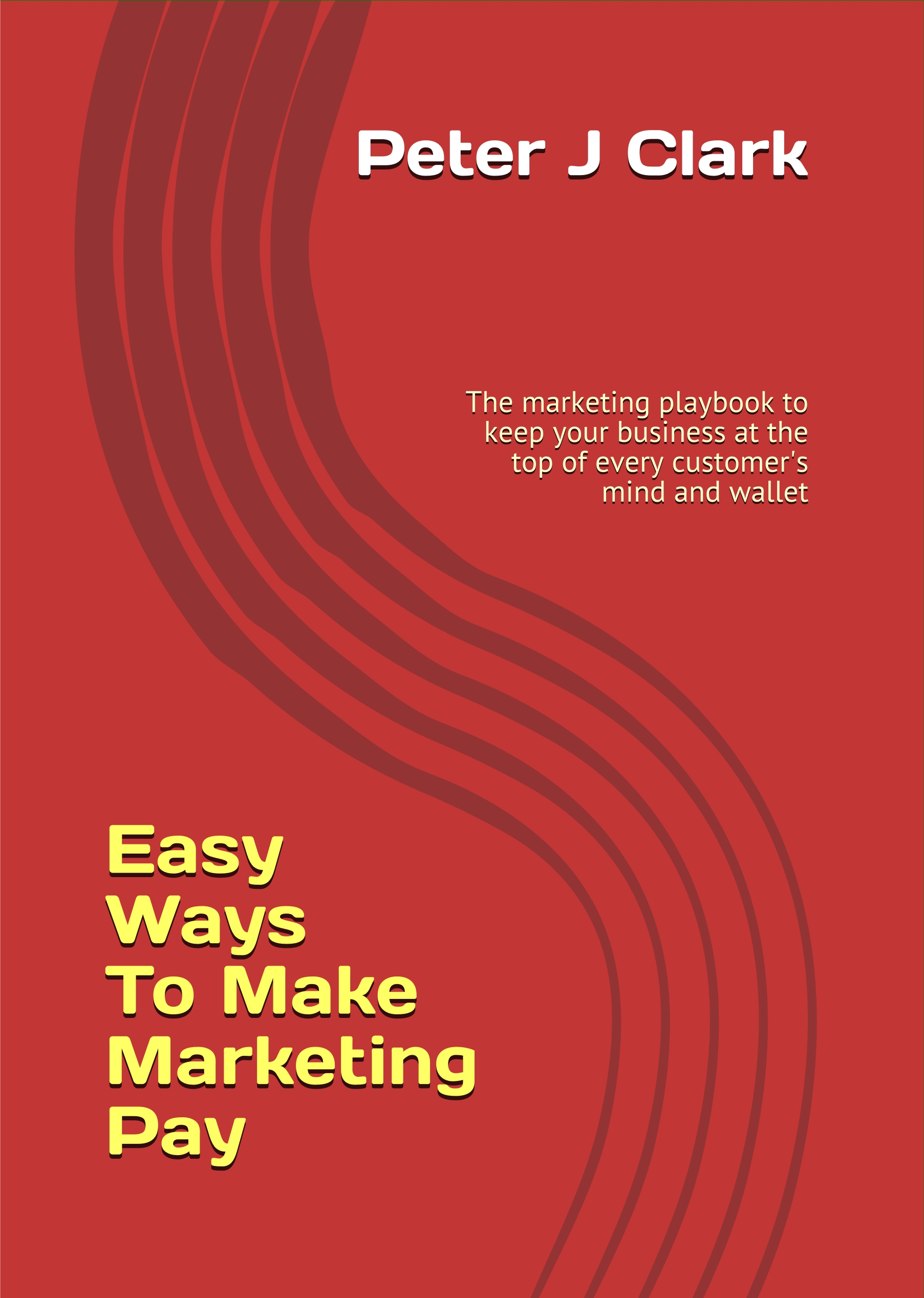The Most Important Number
By Brian WoolfAugust 7, 2014
Imagine your new CEO asking you to provide him with the most important customer number every 4 weeks. You respond "No problem," and then tell him what the number will be and why...
The Most Important Number ...
... is the average number of Best Customers Per Store or sales location. For most US food retailers, that means those spending an average of $50 week or more.
Your explanation will likely continue with points such as these ...
Why Is It So Important?
Even though a typical US food store may have 12,000 customers in a quarter, only about 2,000 of them spend over $50 week. This 2,000 (17%) usually account for about 60% of total sales. These 2,000 Best Customers typically spend 10 times the average weekly spend of the largest band of customers, the 6,000 (50%) returning Casual (Occasional or Infrequent) Customers who spends less than $25 week.
Given the significant share of sales provided by Best Customers, the increase or decrease in their numbers has a direct effect on sales and profits. If our average number of Best Customers Per Store is rising it means more customers are spending a significant share of their food budget with us; if falling, it means some of our previous high spenders have become dissatisfied for some reason and are now splitting their shopping more or have defected completely from us. The increase or decrease of Best Customers is a simple clear indicator of our marketing and operational performance in the marketplace. Particularly so when we realize that high-spenders have the lowest defection rate among customers.
Another reason why focusing on our Best Customer numbers is important is the replacement factor. As mentioned earlier, for each Best Customer lost, 10 new Casual Customers are needed to replace their sales. Unfortunately, Casual Customers have a high annual defection rate of close to 50% and we are already working hard to replace them.
The good news is that the number of Best Customers can be increased with good marketing and operational practices. The bad news is the number will decrease with bad marketing and operational practices.
How Can The Number Be Increased?
The obvious answer is doing everything well every day. In addition, there are also many specific programs and actions that retailers have used to focus on and build Best Customers. Examples follow from four world-class retailers in different countries:
- At the end of every 4-week period, all Department Managers receive a bonus for each net addition to the store's Best Customer total over the same period last year. Result: the whole store is focused on one over-riding goal: making customers happy which, in turn, increases the number of Best Customers.
- A second company included the increase/decrease in Best Customers as a major part of its store managers' quarterly bonus. In one store an interesting thing happened. Sales were flat and the number of Best Customers was down. The investigation that took place found that stock-outs were causing the problem and Best Customers were gravitating to other stores. Yes, customers do vote with their wallet every day and it's particularly important to know when they are your Best Customers (and why) for they are the customers who know and love you best ... and spend the most with you.
- A third company, recognized as a leader in its marketplace, tracks the number of visits of their Best Customers each month. To those whose visits drop noticeably either month-to-month or over a 3-month period, they send a special offer and then continue to monitor and respond to their shopping behavior.
- The fourth offers heavily discounted prices every day on featured items to its Best Customers. It's one way they say "thank you" to them for their continued patronage as well as encouraging them to keep returning. Even though the offer is open to all, because it is based on customer spending in combination with bonuses favoring higher-spending customers, its Best Customers receive the bulk of the special discounts.
The Bottom Line
One number tells a big story, and speaks volumes when it goes up or down: Your average number of Best Customers per store or sales location is one of management's best business thermometer readings. For as your Best Customers go, so goes your company.
About the author...
Brian Woolf is a global leader in loyalty marketing and has written three definitive works on the subject, Measured Marketing: A Tool to Shape Food Store Strategy, Customer Specific Marketing, and Loyalty Marketing: The Second Act. He devotes his time to helping retailers develop, critique and strengthen their loyalty programs.
The techniques and metrics Brian Woolf has developed have become guiding principles for those operating some of the world's most successful programs. He is the President of the Retail Strategy Center, and has consulted, and spoken at conferences, in the US, Europe, Japan, and Australasia.
Prior to his total commitment to loyalty marketing, his corporate roles included Deputy Managing Director of Progressive Enterprises, a major New Zealand retailer; and Chief Financial Officer of Food Lion, a leading US food retailer. He has an M.Com. (Economics) from the University of Auckland, New Zealand, and an MBA from the Harvard Business School.

